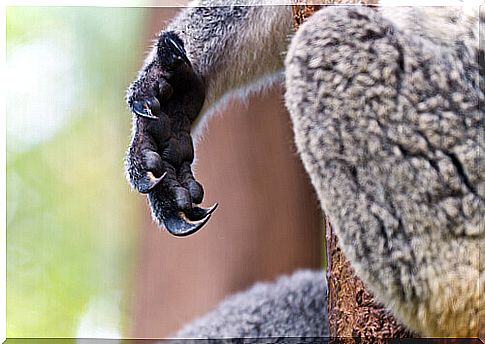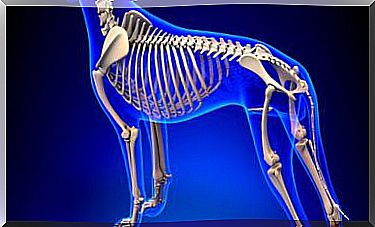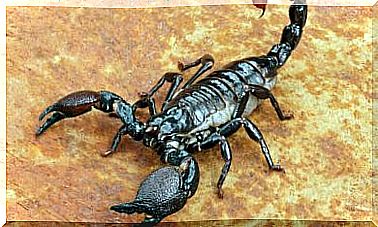Convergent Evolution: Nature In Search Of Solutions

One of the understated facts about evolution is that, in nature, there are a finite number of effective solutions to some challenges. Consequently, it is plausible that some solutions will emerge independently over and over again. That’s what convergent evolution is all about.
It is through this process that unrelated animals occupying similar ecological niches often develop similar adaptive traits. These adaptive traits can develop in two species tens of millions of years apart.
Remember, for example, the striking similarities between ancient sauropods and modern giraffes. It can also occur simultaneously, as in the case of animals with similar habitats on opposite sides of the planet.
An example of convergent evolution
In the cold ocean waters surrounding Antarctica, fish have a special characteristic that allows them to survive very low temperatures. The secret to its survival was discovered by the scientific community in the 1960s: the production of a type of natural antifreeze.
These fish evolved to produce special proteins anchored to sugars – glycoproteins – that circulate in the blood. This component works by slightly reducing the temperature at which your bodily fluids would freeze and cause your death. These glycoproteins surround each small ice crystal and thus prevent them from growing.
The strategy described is one of the many ingenious solutions we find in nature. A successful evolutionary process. Wonderful. Now, consider this: nature didn’t do this once, but at least twice.

When fish were studied at the other end of the Earth, in the Arctic, scientists also found that they produced antifreeze proteins. However, the genes that encode antifreeze proteins – in northern and southern fish – are quite different.
This fact is not surprising considering that these two fish populations separated long before each developed antifreeze genes and proteins. It is evident that independent episodes of molecular evolution occurred in both populations that caused the same functional outcome.
This is a dramatic example of convergent evolution. Its concept is defined as the process by which unrelated species evolve by developing similar characteristics to adapt to similar habitat conditions.
Bats and Whales Have the Advantages of a Good Listener
Bats share an adaptive trait with an extremely different animal, the whale. Both developed a sophisticated sensory system called echolocation or biosonar.
In this process, they emit sounds that bounce off nearby objects and produce an echo. Both animals developed the ability to hear the echoes and interpret them to guide their flight and navigation.
Bats produce ultrasound – high-frequency sounds – from the larynx and emit it through the mouth or nose, while whales pass air through their nostrils to expel vibrations through the fatty tissue.
Interestingly, this same strategy evolved in two very different environments: the sky and the sea. Even more surprising is that echolocation arose independently in each group and is carried out by different mechanisms, but it works thanks to the same genetic mutations.
Scientific studies have shown that bats and whales have undergone the same changes in the gene involved in sound processing. This adaptation is what allows each one to better hear the ultrasonic frequencies used for echolocation.

It’s not just the man who makes his mark
It is believed that the distant ancestors of humans needed a reliable way to hold and manipulate tools, and they developed fingerprints.
Interestingly, while fingerprints are unique to each of us, they are not to the human species. Some of our primate relatives, like chimpanzees and gorillas, also have them. However, this is not surprising since we all got them from our common ancestor.
There is another animal – a marsupial – that developed them on its own: the koala. Koalas have fingerprints very similar to ours. Analogous to human fingerprints, fingerprints on koalas appear unique to each individual.

Scientific studies suggest that koala fingerprints have evolved recently in their evolutionary history. That’s because most of your close relatives don’t have them. This emergence is thought to be an adaptation to holding and handling the koala’s favorite food, eucalyptus leaves.
In short, whether traversing the sky, climbing trees, digging the earth or traversing water, cases of convergent evolution are found throughout nature, on many different scales… and not just in the animal kingdom. We can also observe this evolution in plants!








